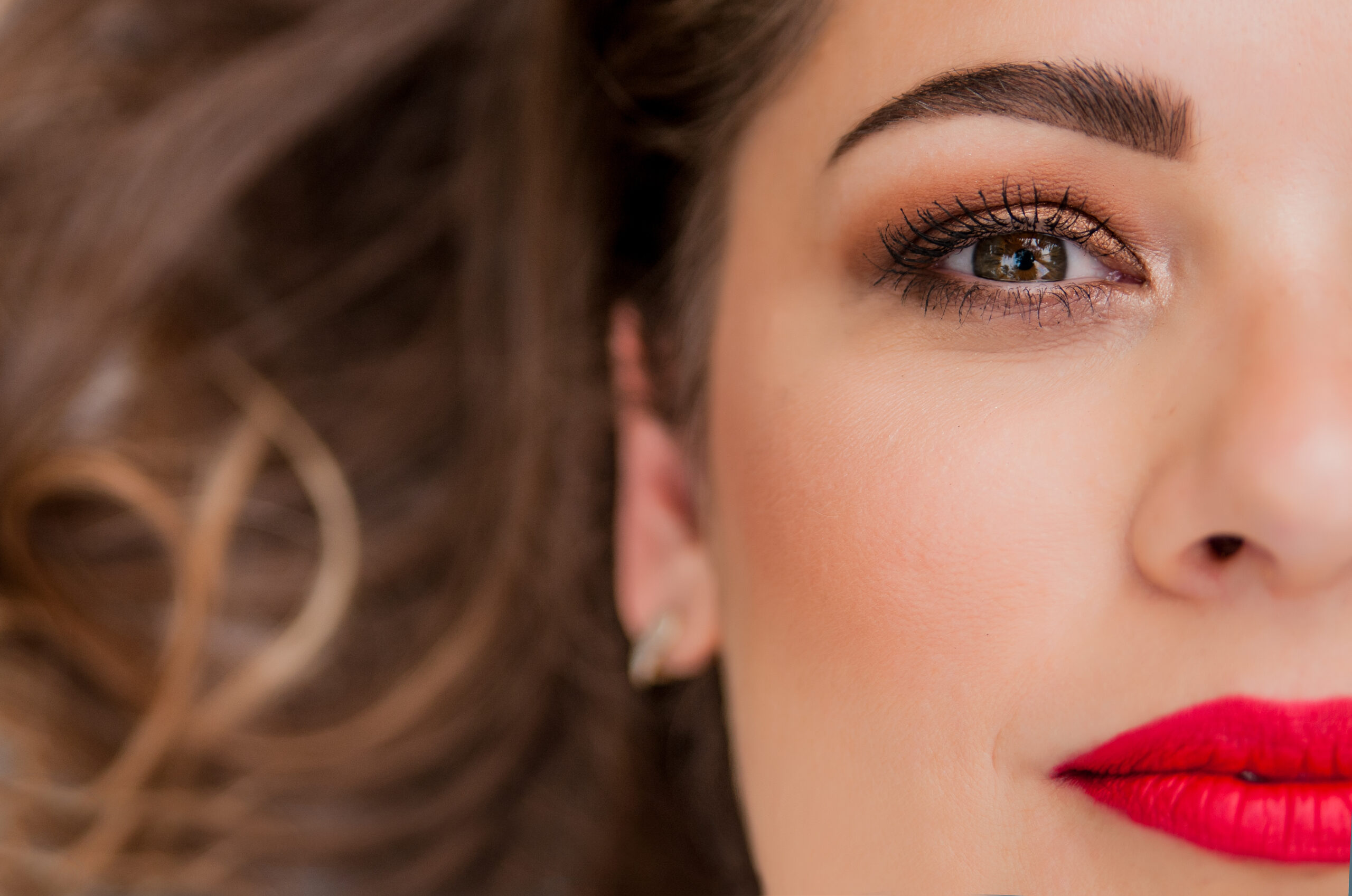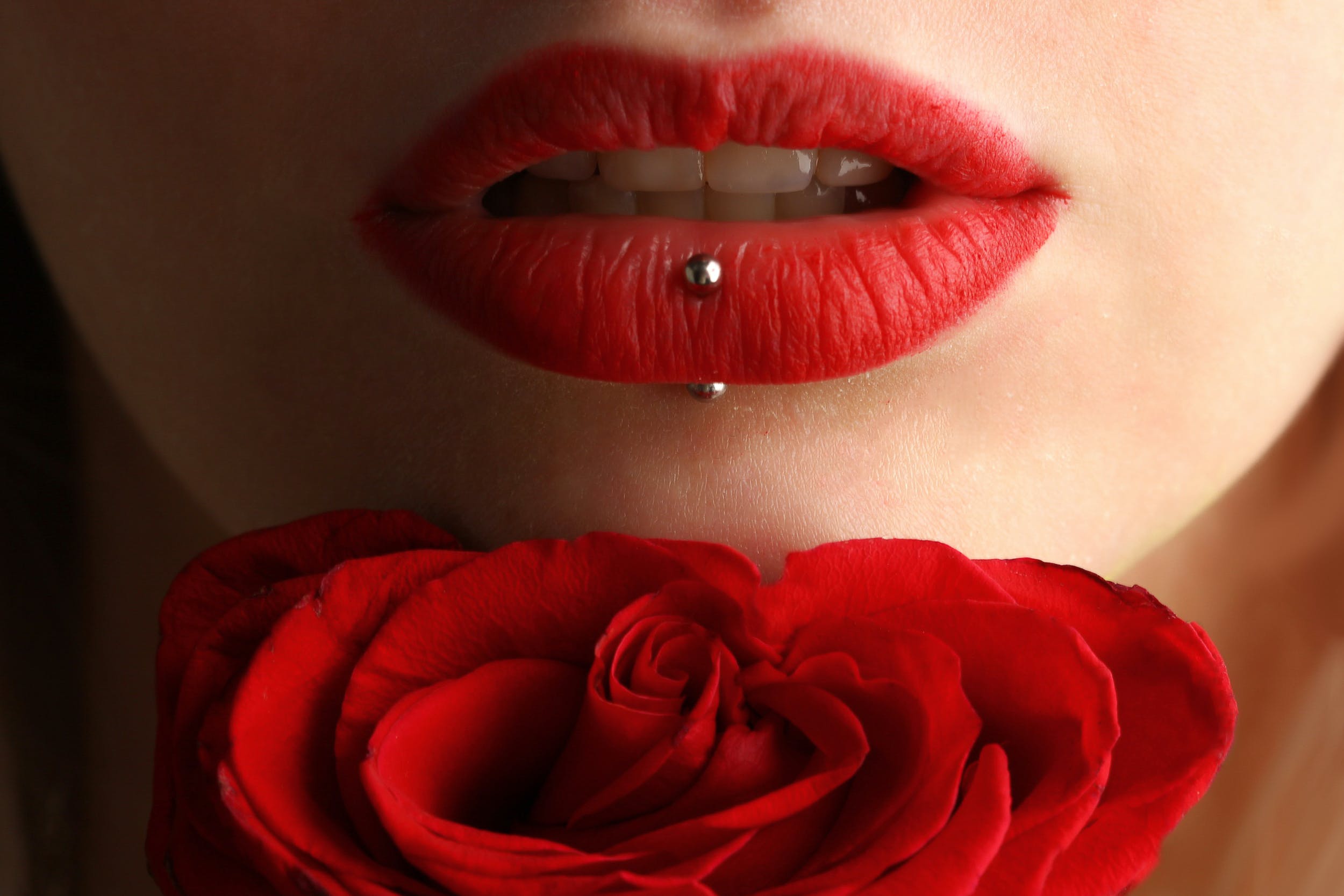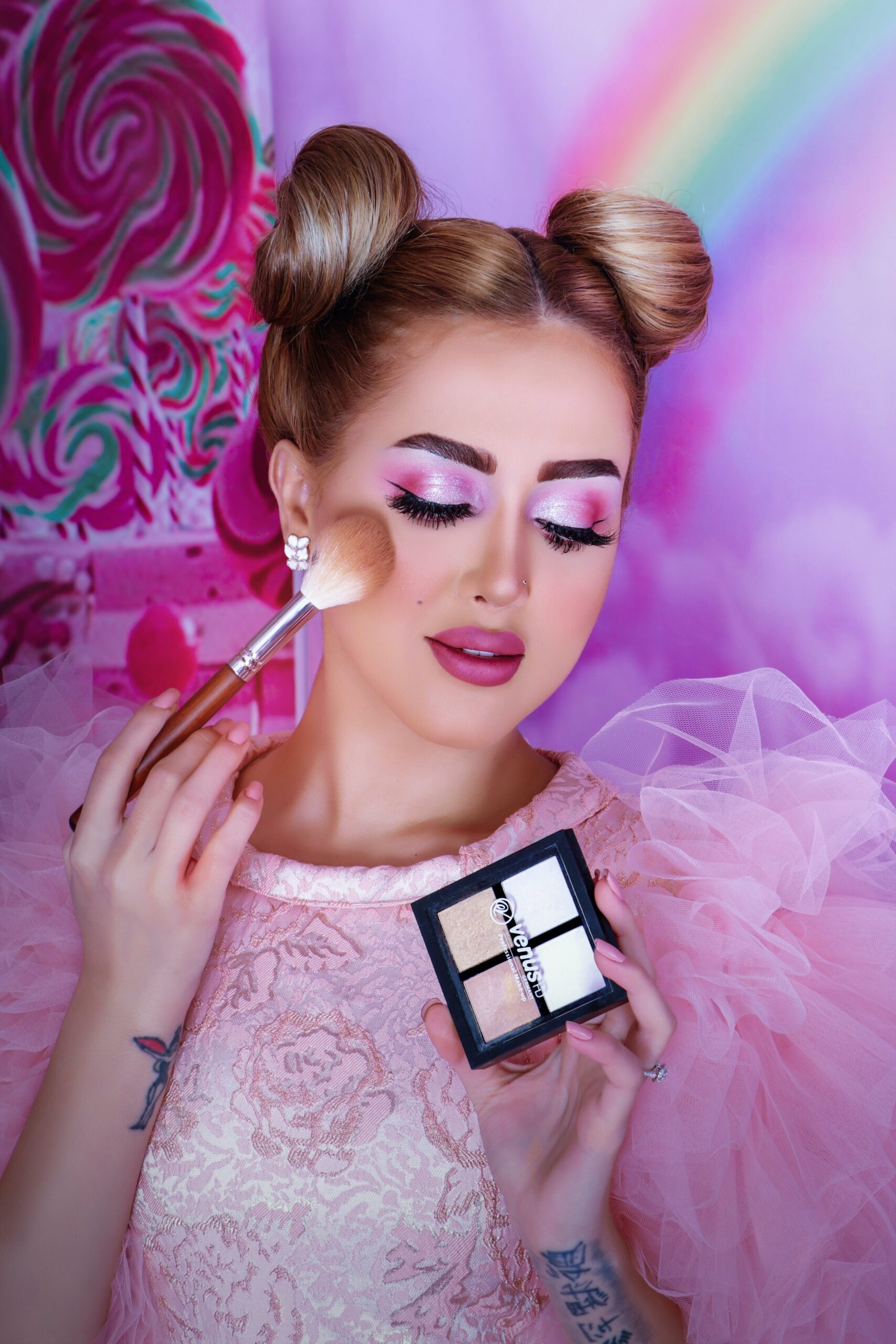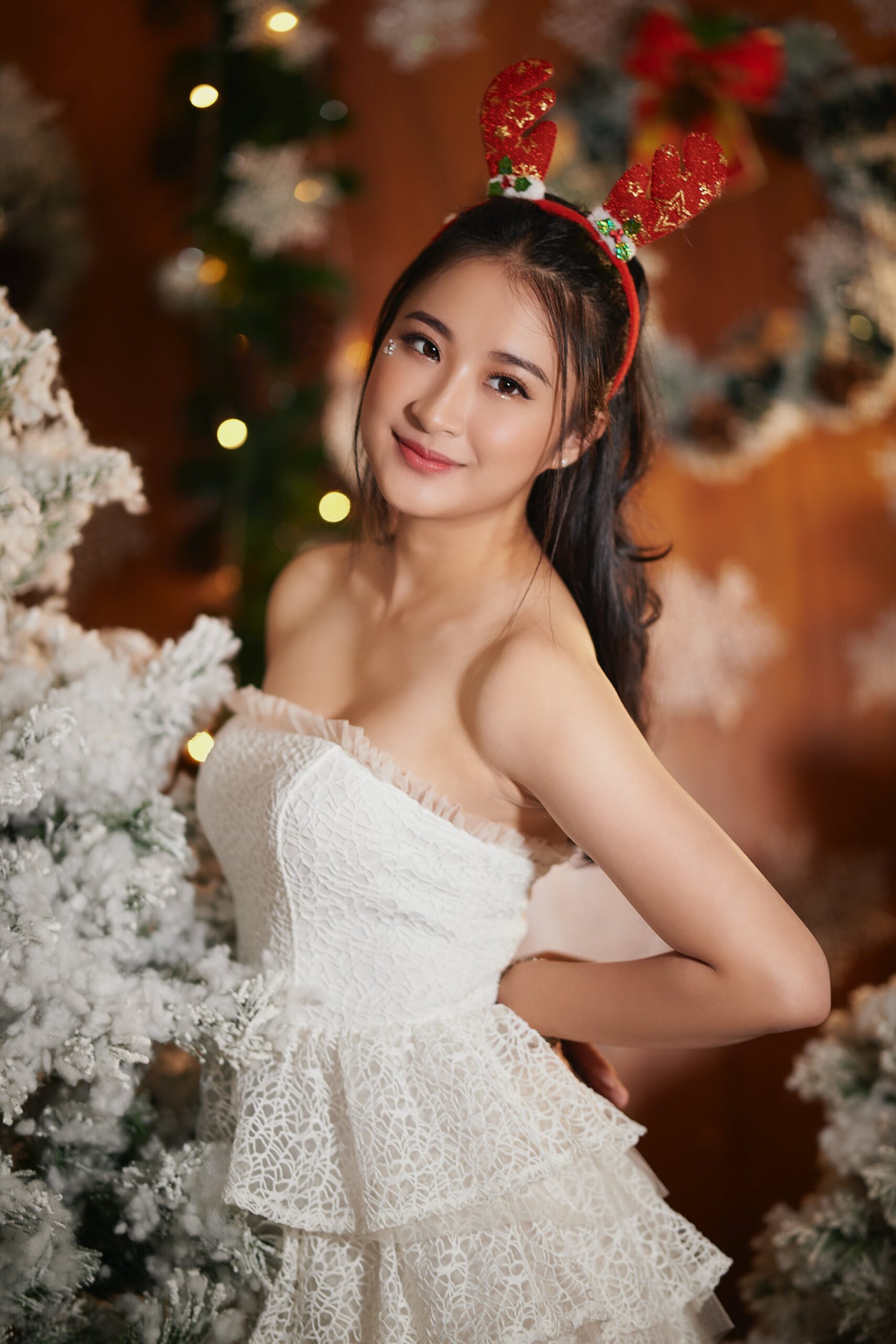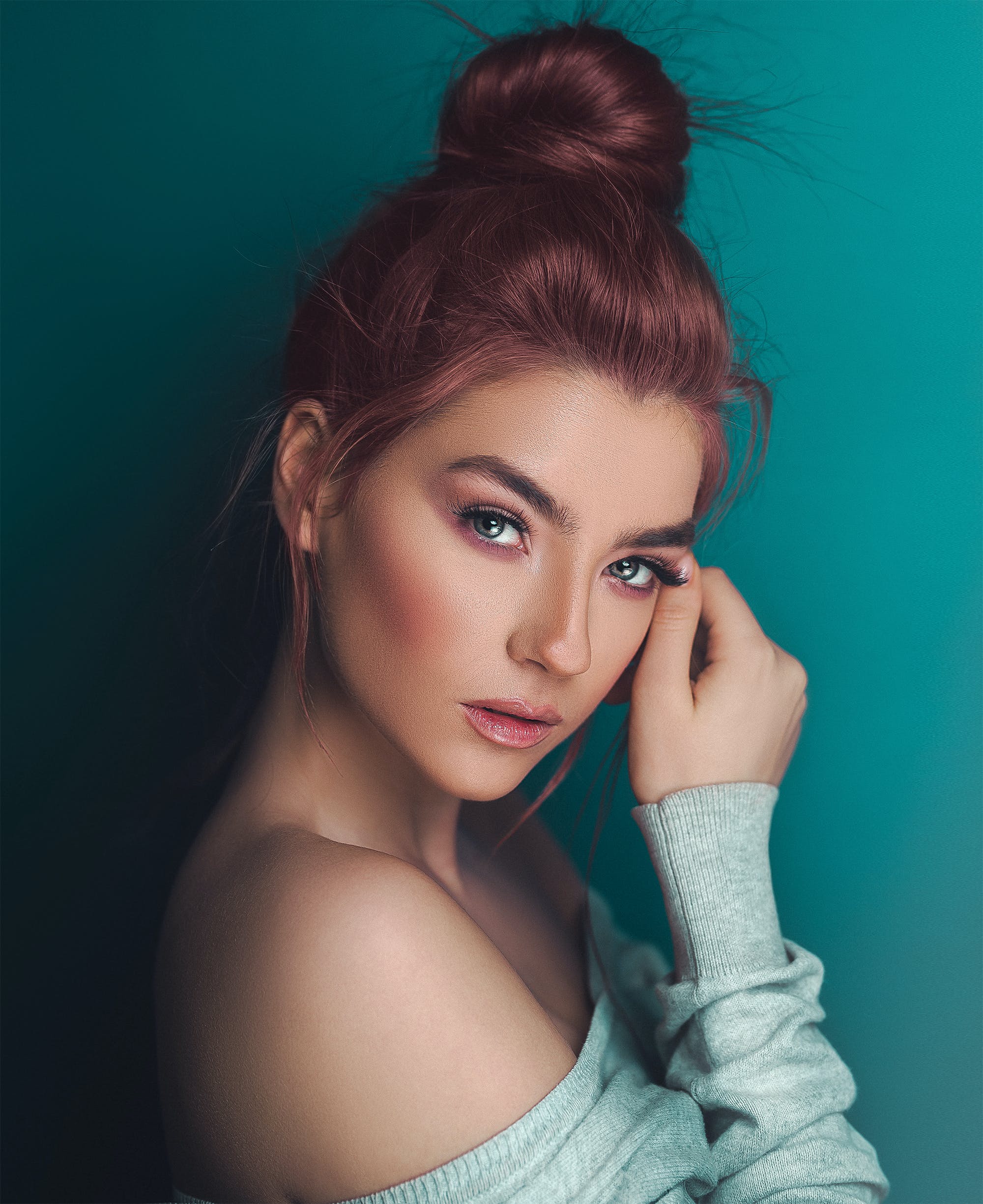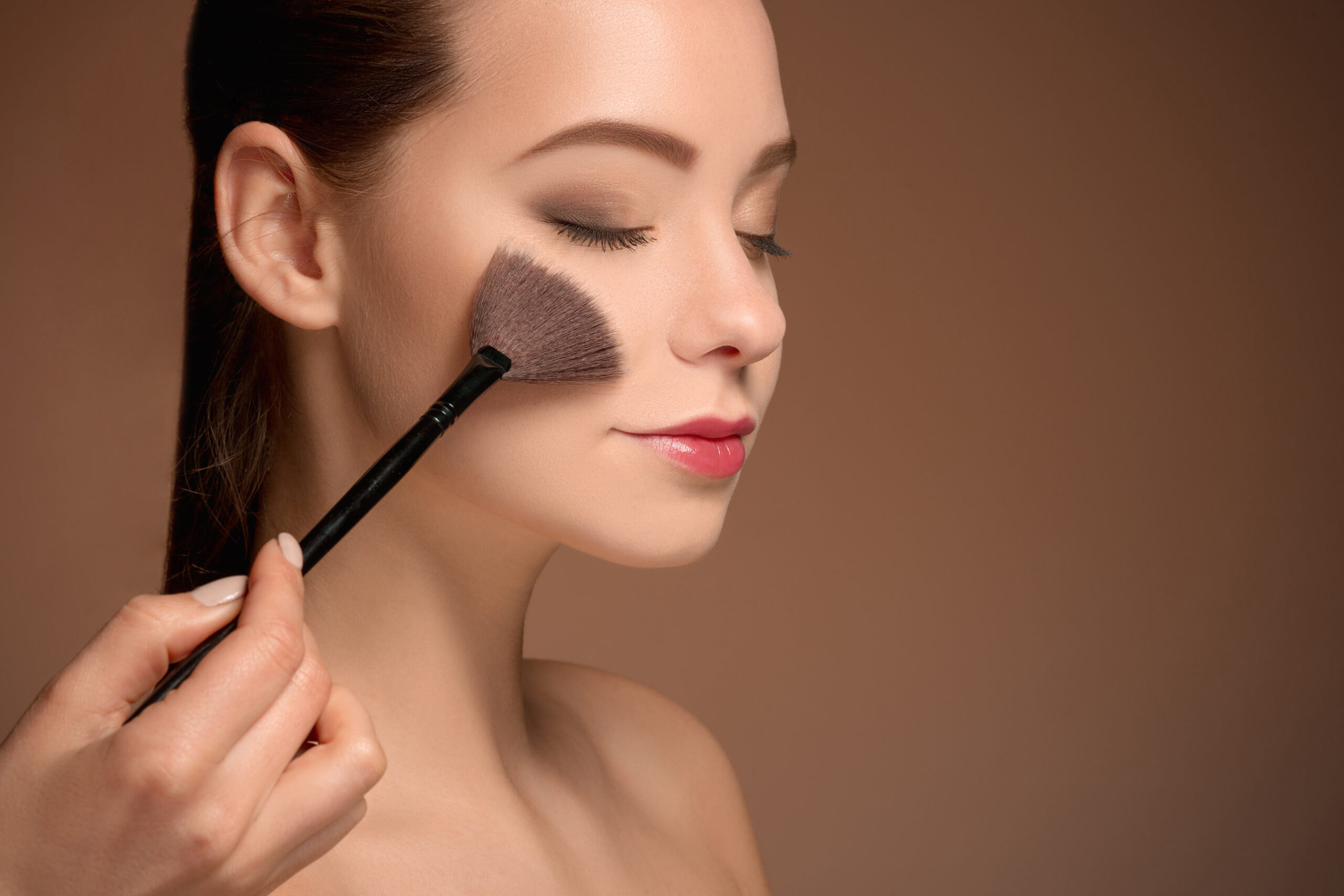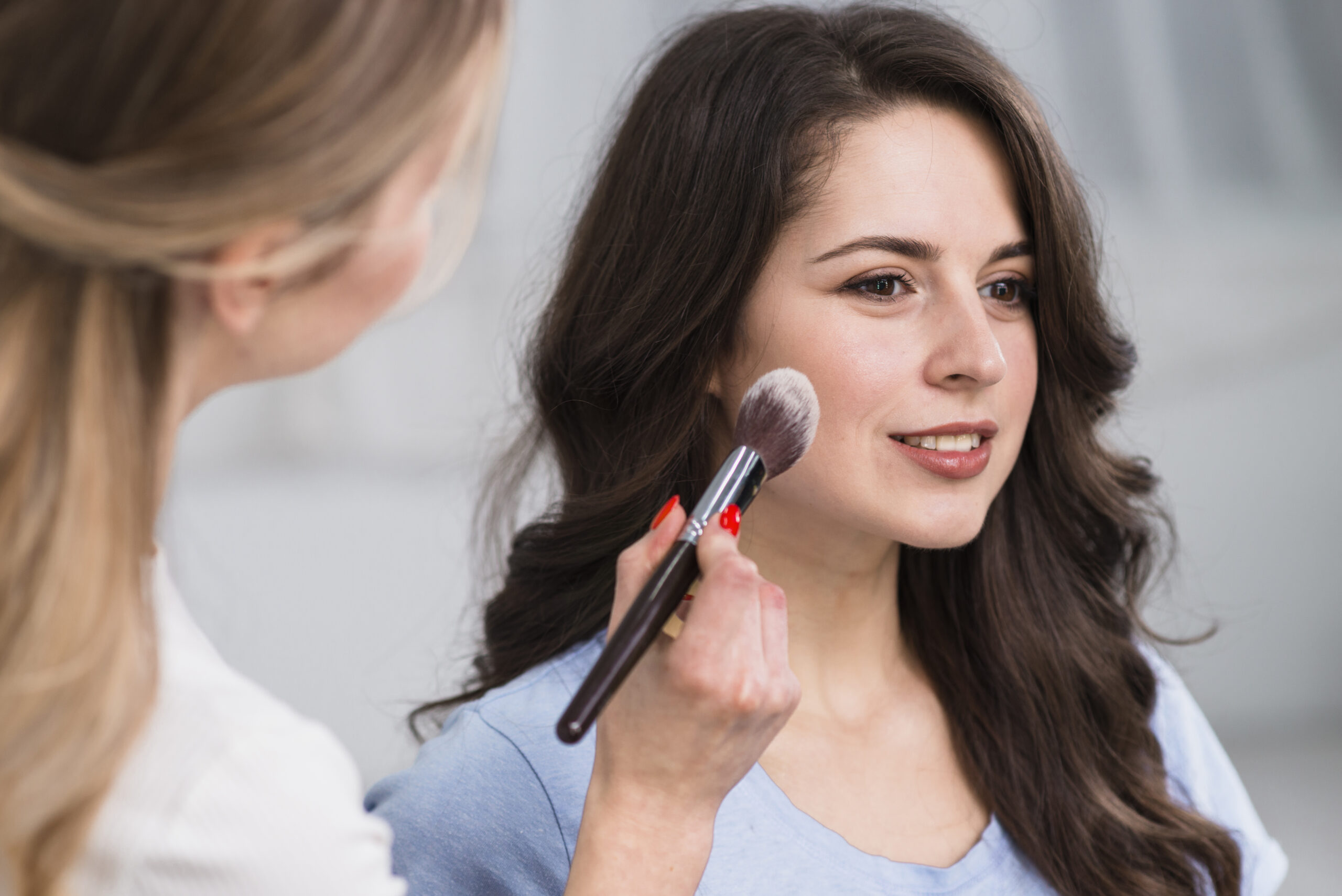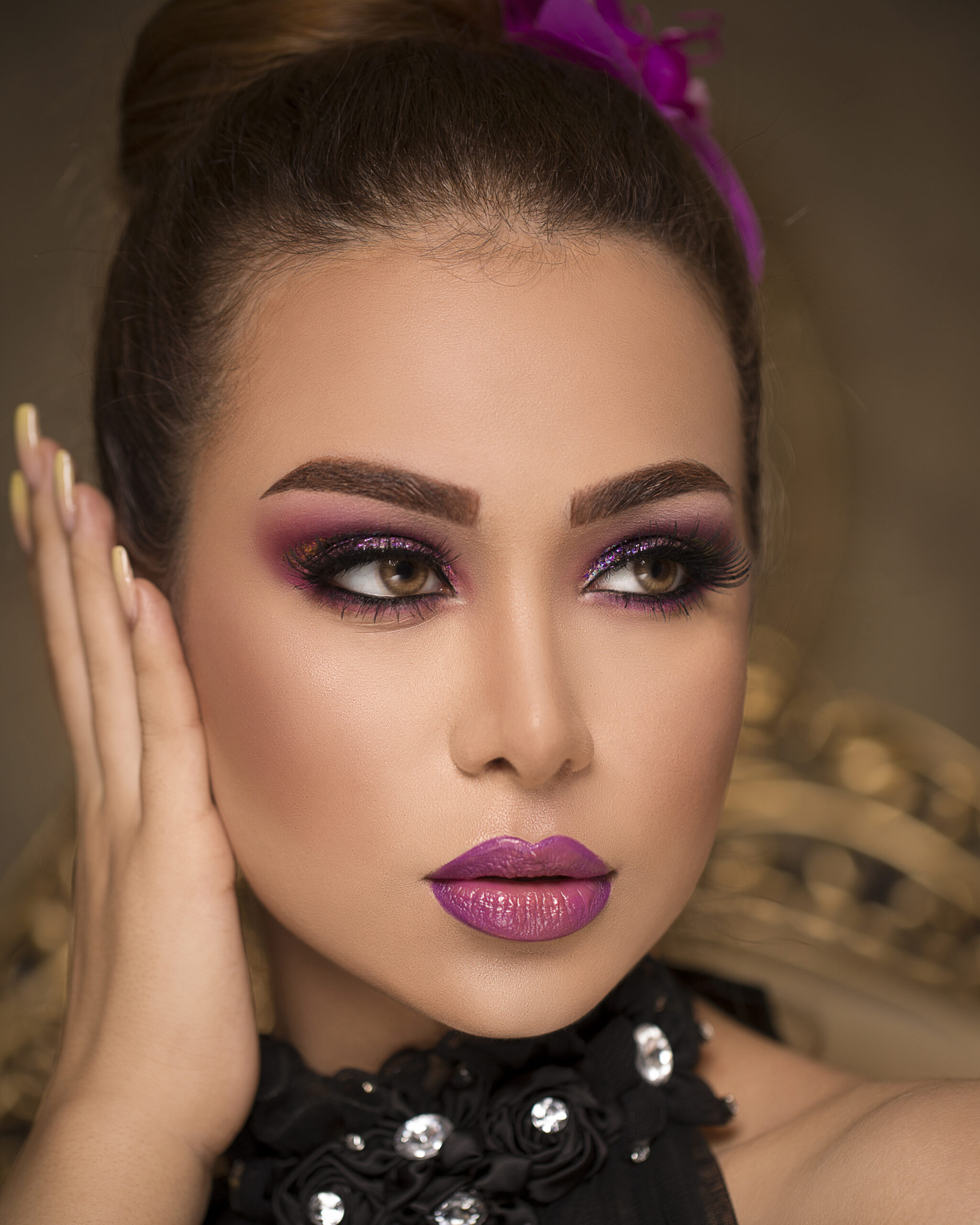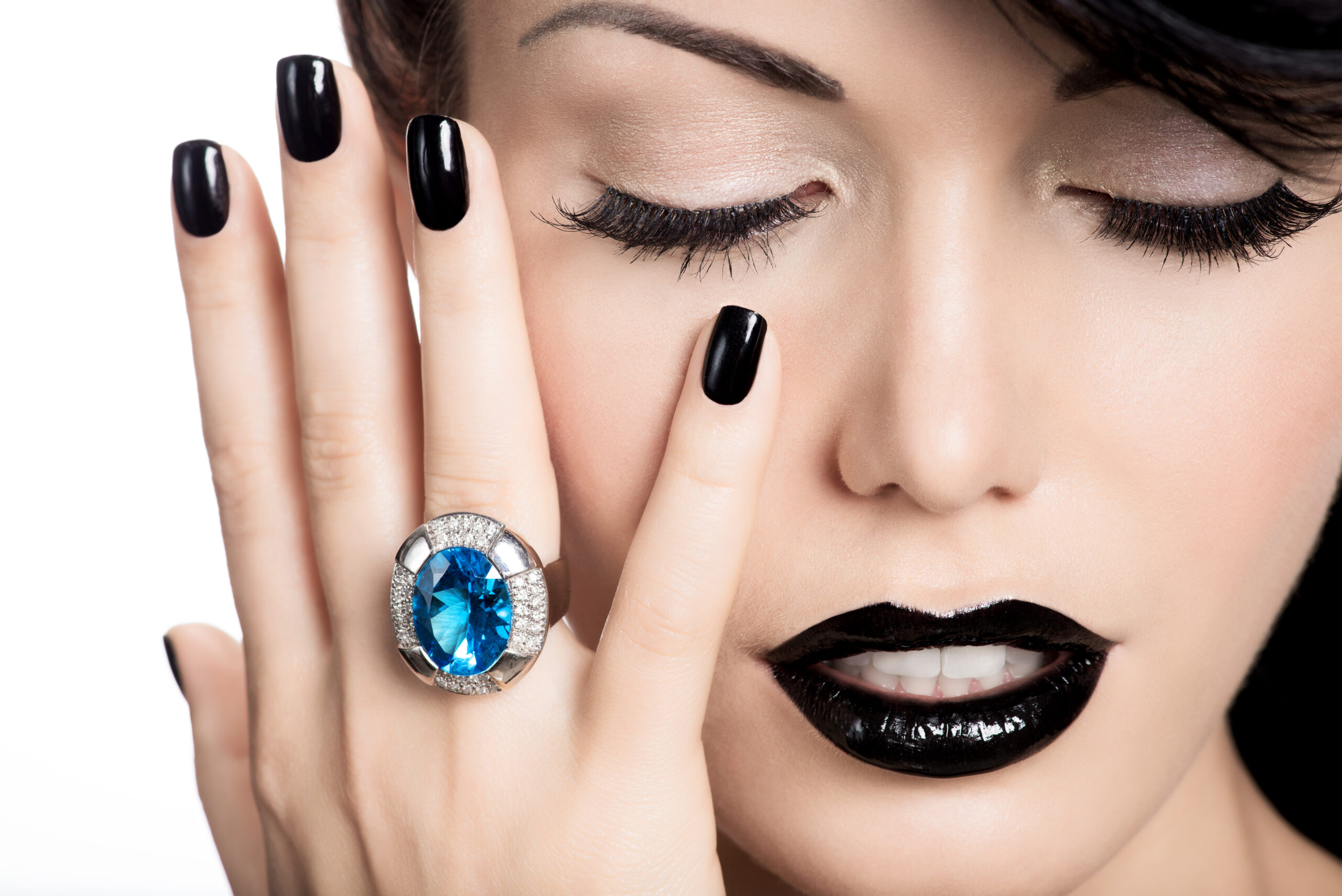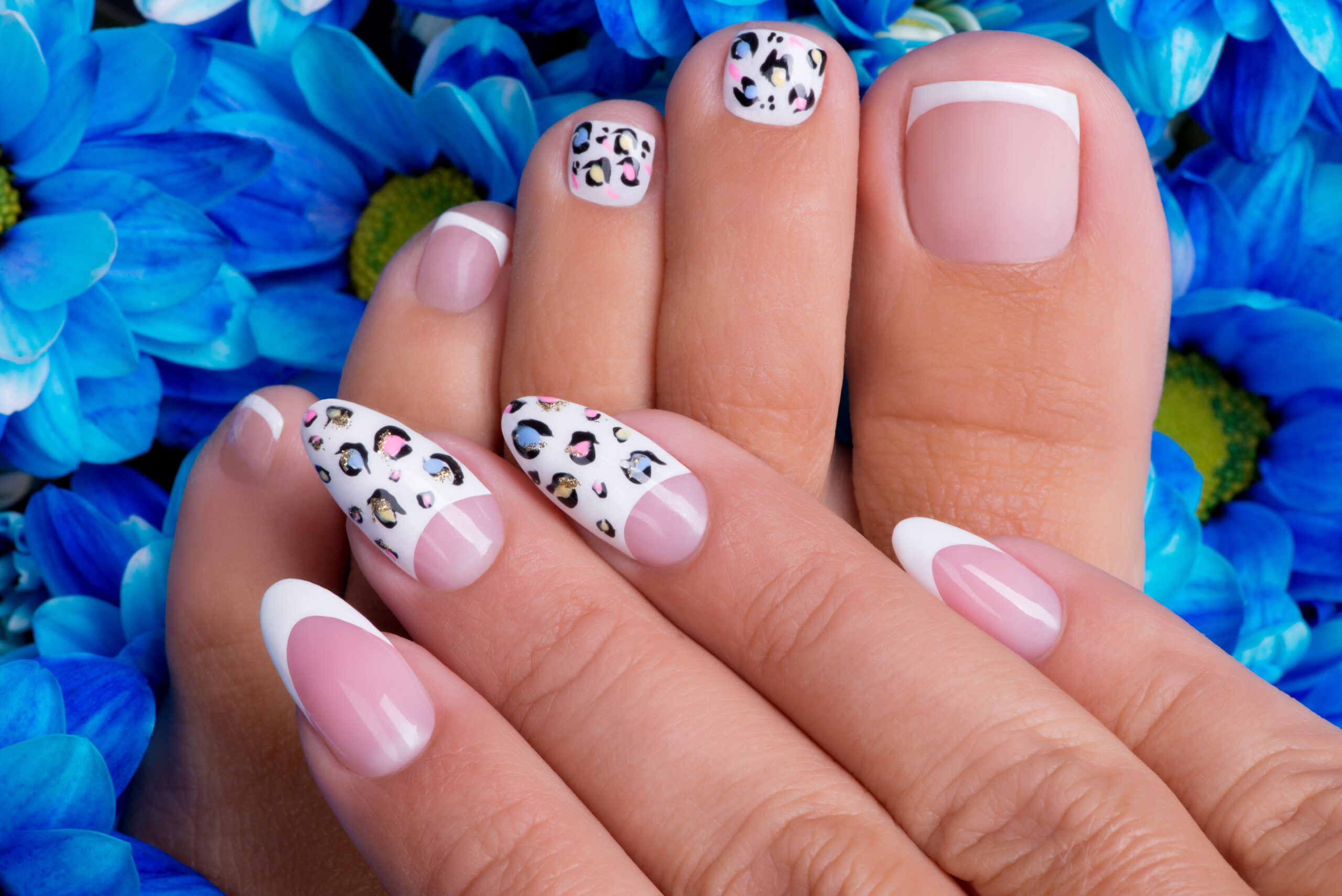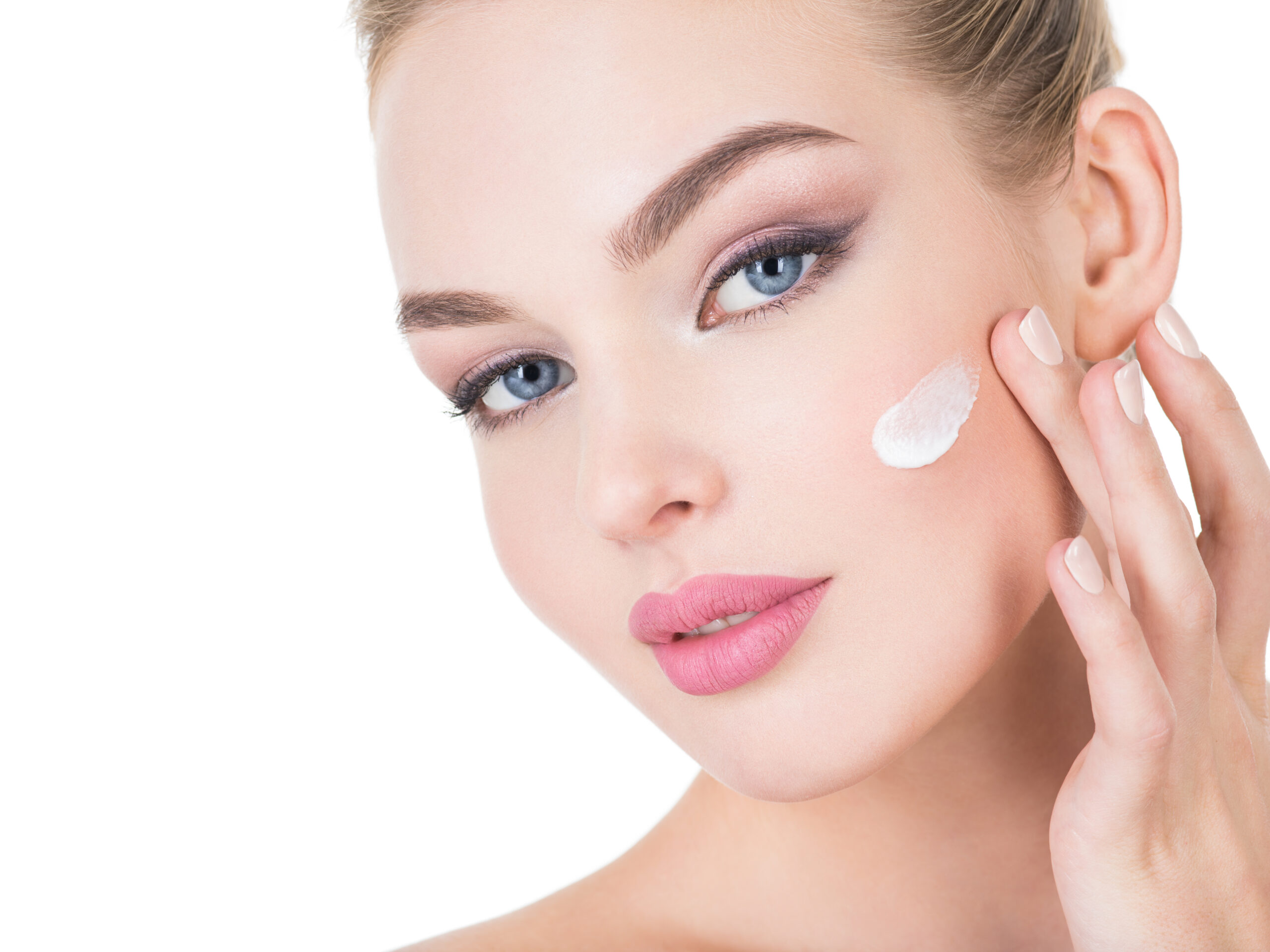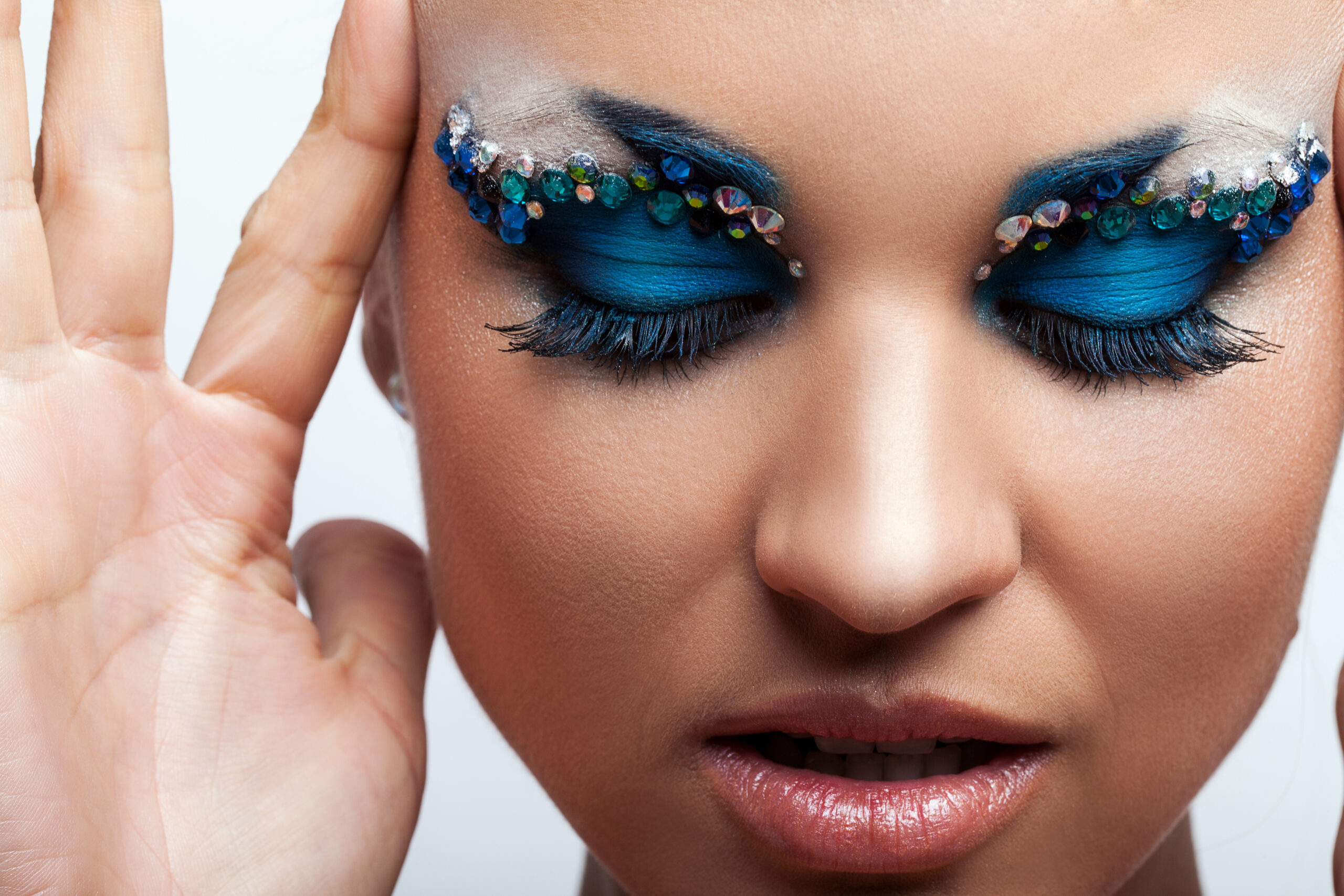
Choosing the correct hair color for your skin tone may appear challenging, but it is not as difficult as you believe. Any skin tone can accomplish some variation of most shades, and with a few essential suggestions, you and your stylist will be able to collaborate to make whatever color you’re visualizing look its best on you. It’s all about placement, saturation, and highlighting the undertones in your skin.
How to Find out Skin Tone and Undertones
- Take the time to determine your skin’s undertones before choosing the best hair color for you. Most people fall into one of three categories: warm, cool, or neutral, and all of them are possible regardless of your skin tone: dark, medium, or fair. It may appear difficult to determine your skin tone; however, there are a few tricks:
- Discover your celebrity match: When seeking A-list color inspiration, take notice of which celebs appear to have complexions and eye hues that are similar to your own. This will give you a much better idea of how the color will appear on you.
- You’ll see pinks, reds, blues, greens, and yellows on your wrist. Your wrist is also a good area to evaluate your veins, which are a good predictor of tone.
- Take a look at your eye color: If you have a lot of gold specks in your eyes, your undertones are usually warm. If you have a lot of blues and greens in your eyes, your undertones are usually cool.
Decide on the Hair Color That Is Best for Your Skin Tone
Now that you’ve mastered your skin tone, it’s time to learn about different hair colors. the best hair colors to try for each skin tone, including general recommendations for finding your ideal shade.
- Deep Skin with Warm Undertones
Colors to try: Caramel, golden brown, and butterscotch
Who it’s perfect for: To enhance your skin’s inherent depth, pick warm browns and caramels for warm, deep complexion tones. If your hair is already blonde, adding caramel tones will help tone it down.
- Deep Skin with Cool Undertones
Colors to try: Dark mocha, brown-black, and deep black
Who it’s perfect for: If you have dark skin with cool undertones, consider a cool-toned hair color like a rich brown or black, burgundy, or cool auburn. These colors can complement your dark skin tone and create an eye-catching contrast. Avoid warm-toned hair colors, which might appear excessively orange against cool-toned skin. Cool black shades look excellent on dark complexions, but adding chocolate tones warms up the skin.
- Deep Skin with Neutral Undertones
Colors to try: Auburn red, reddish-brown, and chestnut are the best colors to try.
Who it’s perfect for: Neutral undertones can pull off any color. We would recommend going with a color that looks rich and vibrant, like an auburn red or chestnut brown. These tones are warm, adding just the right amount of glow to the skin.
- Medium Skin with Warm Undertones
Colors to try: Dark chocolate, chestnut, dark auburn, and mocha
Who it’s perfect for: Brown is a color that flatters practically everyone, so it’s difficult to go wrong with it. A cooler brown tone can seem more stunning on those with warm skin because it makes yellow undertones appear creamier. Lightening from black to deep, mocha brown (preferably with multi-tonal highlights) can give a lovely, soft look to people with darker skin.
- Medium Skin with Cool Undertones
Colors to try: Caramel, honey, golden brown, amber, mahogany, and cinnamon
Who it’s perfect for: We strongly prefer caramel and brown tones for those with medium skin, although he recommends choosing a hue that contrasts with your complexion to avoid appearing washed out. Caramel browns look best on skin tones on the lighter side of olive, with a bit more yellow and green tones. This color looks really beautiful on a naturally dark base or root.
- Medium Skin with Neutral Undertones
Colors to try: True black, espresso, blue-black, and licorice
Who it’s perfect for: Neutral skin tones have the benefit of sitting right in the middle of the hair color spectrum, making most hair color tones compatible. You can skew warm or cool, depending on your preferences. When selecting a base hair color, a general rule is to remain within two tones of your natural hue. Any darker color can appear harsh, while any lighter color can appear brassy. Black and espresso aren’t one-note hair color options—different tones and highlights give subtle variation. A cooler hue like this can appear harsh on individuals with fair, cool-toned skin, but it has a very dramatic effect on those with warmer or neutral undertones. (The same is true for olive skin.)
- Fair Skin with Warm Undertones
Colors to try: Platinum, ice, silver, ash, sand, beige, and champagne
Who it’s perfect for: Cool blonde colors complement a porcelain complexion with blue, violet, or golden undertones since those frosty hues tend to minimize redness. A cool, ashy blonde complements blue or gray eyes, or allows rich brown eyes to stand out, as seen above. Those with warm undertones should generally avoid colors that are excessively golden or yellow, as cooler shades are less likely to wash them out.
- Fair Skin with Cool Undertones
Colors to try: Gold, caramel, amber, honey, and butterscotch
Who it’s perfect for: Warm tones like strawberry blonde, copper, honey, and gold complement fair skin with cool undertones. We also mention that these colors work better for folks with olive skin since an ashy blonde color can wipe you out. The same is true for those with dark skin: for a high-impact style, aim for a caramel blonde.
- Fair Skin with Neutral Undertones
Colors to try: Strawberry blonde, copper, amber, red, and russet
Who it’s perfect for: Strawberry blondes look excellent on fair and neutral skin tones, and you can mix cool and warm tones to get a creamy yet warm color with a tinge of golden copper. We also propose a soft, warm red to balance out the chilly tones on pale skin. These colors tend to make deep skin appear green, so if you have darker skin and want to go red, opt for a cooler, brown-tinged auburn instead. Choose a bright shade of rose gold for added whimsy.
- Fair Skin with Peach Undertones
Colors to try: True red, auburn, and burgundy
Who it’s perfect for: Although it may appear paradoxical, red is an excellent undertone to enhance peach and red undertones. Rather than fighting it, if you have pale skin with red in it, it makes you glow. Those with warm, peachy complexions will see their skin pop with colder, auburn reds, too. Red colors, on the other hand, should be avoided if you have olive undertones, as they might make your complexion appear green in contrast.

Utkarsha Gupta is a fashion writer with 7 years of professional writing experience and holds a PGDM degree from FMS IRM, Jaipur. Though she came from a management background, my zeal for writing motivated her to pursue a career in the content industry. Utkarsha is well-versed with writing SEO-friendly articles. she has been creating articles specializing in trendy hairstyles, fashion trends , trendy accessories and trendy nail art. Utkarsha hooked to create unique and interesting content through timely research and analyses of the reader’s interest.


